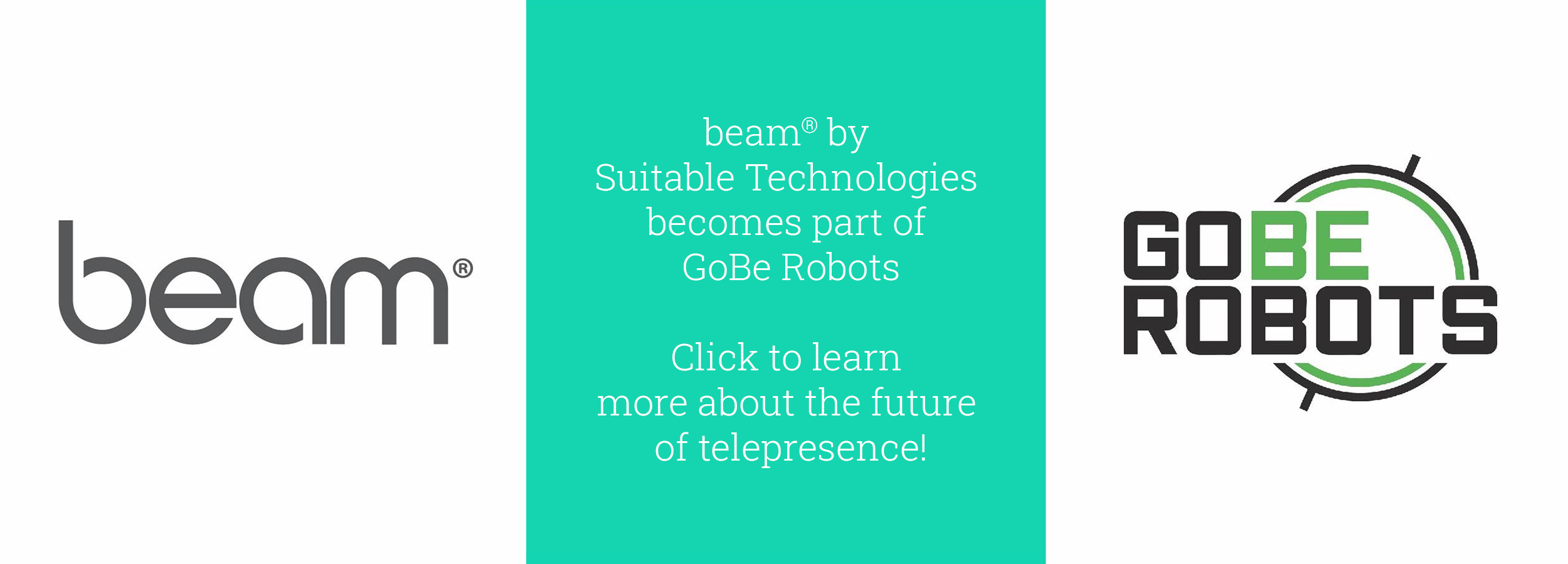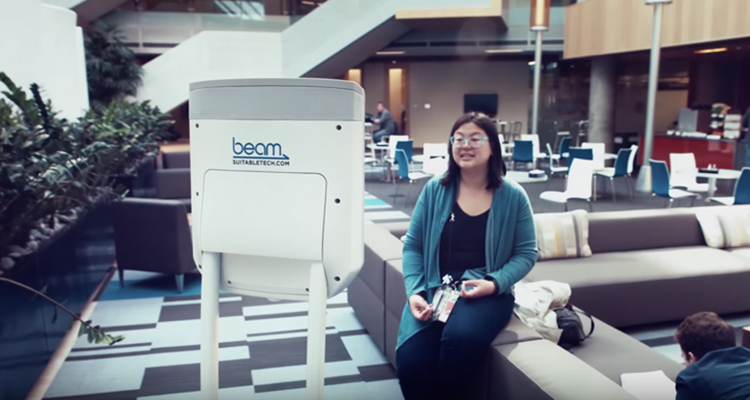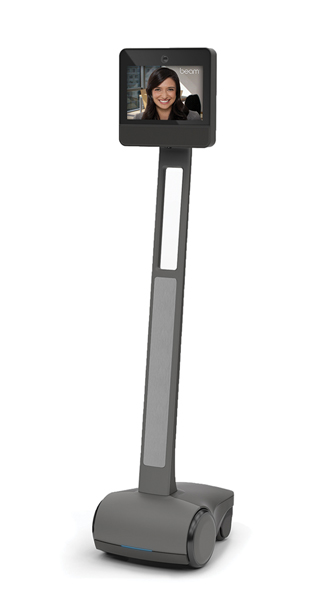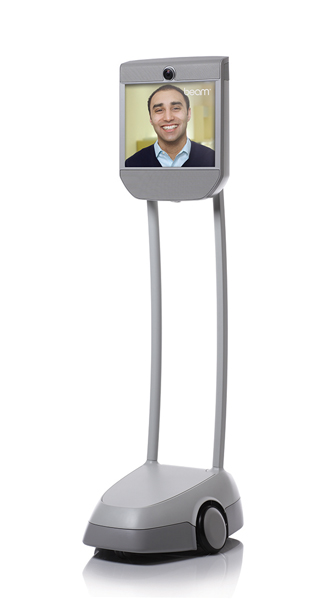Education continues to evolve with the help of technology. Due to cutting-edge communication tools, distance learning is no longer a major barrier. Those wishing to earn a degree can simply turn to the Internet for accredited programs or online sessions with a mentor.
While online courses can be a little daunting at first they can prove to be a very efficient way of learning. So how exactly does online learning compare to traditional education?
Classroom Setting
Schedule: Online programs are generally quite flexible. While in traditional classrooms, students have to contend with very rigid schedules. They will also have to study at the same time as their classmates. Although online programs often have specific times where students have to login to participate in video conferences, forums, or chat rooms, the process is much more relaxed.
Online courses give students the option to learn at their own pace. This method, known as asynchronous learning, provides students with teaching tools and materials that they are required to complete within a certain time period. Within that period, students have the freedom to choose the schedule that best suits them. This means that students and teachers do not need to be online at the same time to study.
Social Interaction: Face to face meetings with lecturers is a very important part of learning. Luckily, this integral part of learning isn’t lost, as online classrooms still provide real time feedback through messaging platforms and video calls.
Forbes points out that another key strength of online classrooms is how course materials are categorized in smaller modules that students can access at their own pace. Online learning systems allow teachers to track students as they go through the material. This then allows lecturers to pinpoint which exact parts of the course a student has successfully finished studying. Conversely, it also lets them know which parts a student is having difficulty with, and empowers them to give more precise and individualized feedback. This is something that can be very hard to do in traditional classrooms. Lectures are usually held with 50 or so students across several hours. This means that it can be difficult for teachers to check which of their students are tuning out and when this is occurring. This, in turn, makes it harder to pinpoint which parts of the lesson individual students may be having trouble with, especially since the information is grouped in larger chunks to accommodate class schedules.
However, many skeptics feel that social interaction is something e-learning still lacks, hence why it may not replace traditional learning anytime soon.
Accreditation
Do online diplomas carry the same weight as traditional ones? A post by Maryville University titled ‘Online Degrees Vs. Traditional Degrees states that most online programs grant the same diploma and credentials as regular degrees. Those with degrees obtained through e-learning are essentially given the same proficiencies — and, by extension, employment opportunities — as those who graduated from regular universities or college programs.
This is in large part thanks to the increasing number of top universities embracing online courses. The edX platform, for instance, was established by Harvard University and the Massachusetts Institute of Technology. It gives users access to over 1,900 courses from renowned schools across the globe. Other US institutions are also offering online degrees, from bachelor's programs all the way to MBAs and doctorate studies. One glance at US News' article on ‘2018’s Best Online Program Rankings’ shows a large number of universities already embracing e-learning. Overall, online education provides the same results as traditional education, but with more flexibility.
Edtech has broken new ground in a number of ways, and you can read up on Suitable Tech’s recent compilation of edtech trends to understand more about the latest innovations.
Feature post prepared by Chelsea Pears
Especially for suitabletech.com



























